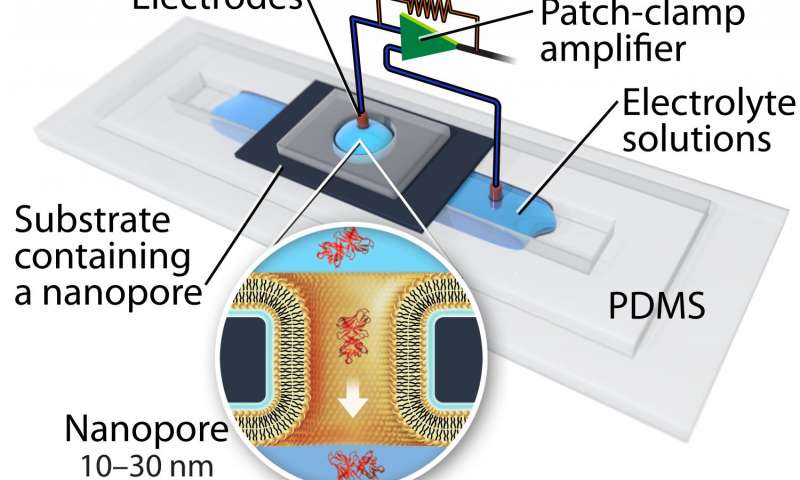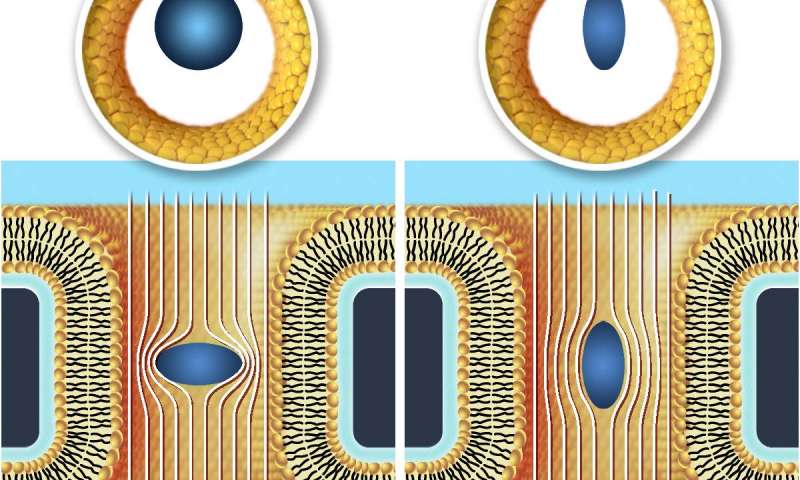Engineering researchers from University of Michigan demonstrated a technique to precisely measure the properties of individual protein, a method that could lead to advances against neurodegenerative diseases, including Alzheimer’s and Parkinson’s.

Proteins work to make every cell function effectively, and measuring their properties in blood and other body fluids can unlock beneficial information. The body itself produces them in many complex shapes that can communicate messages between cells, carry oxygen, and perform essential functions.
However, proteins don’t always form properly. These misshapen proteins, deemed amyloids, can clump together into masses of the brain, leading to brain-cell degeneration and disease.
How amyloids form and clump together is not a process that is well understood, because there is currently not an efficient way to study them. Researchers note that current methods are expensive, time-consuming, difficult to decipher, and only provide a broad collection of amyloids in a patient’s system.
The technique created by the researchers at the University of Michigan and University of Fribourg will work to solve the issue by measuring an individual molecule’s shape, volume, electrical charge, rotation speed, and propensity for attaching to other cells.
The method involves a “5-D fingerprint” that works to uncover new information needed to help doctors track the status of patients with neurodegenerative diseases and develop new treatments.

To get the detailed measurements, the team used a nanopore 10−30 nanometers wide — so tiny that only one protein molecule fits through at a time. The researchers filled the nanopore with a salt solution and passed an electric current through the solution. As a protein molecule passes through the nanopore, it causes minuscule, measurable fluctuations in the electric current. Measuring this current allowed the researchers to conclude the protein’s unique five-dimensional signature and almost instantaneously identify it.
“Amyloid molecules not only vary widely in size, but they tend to clump together into masses that are even more difficult to study,” Michael Mayer, lead author of the study, said. “Because it can analyze each particle one by one, this new method gives us a much better window to how amyloids behave inside the body.”
The team is working to create a device that doctors and researchers can use to measure proteins in a sample blood or body fluid quickly. While the goal is likely a few years ahead, they believe that the technology could be helpful in measuring proteins associated with heart disease and a number of other applications. In the meantime, the researchers are improving the technique’s accuracy, focusing on getting a better approximation of each protein’s shape.
Source: Phys.org
Advertisement
Learn more about Electronic Products Magazine





